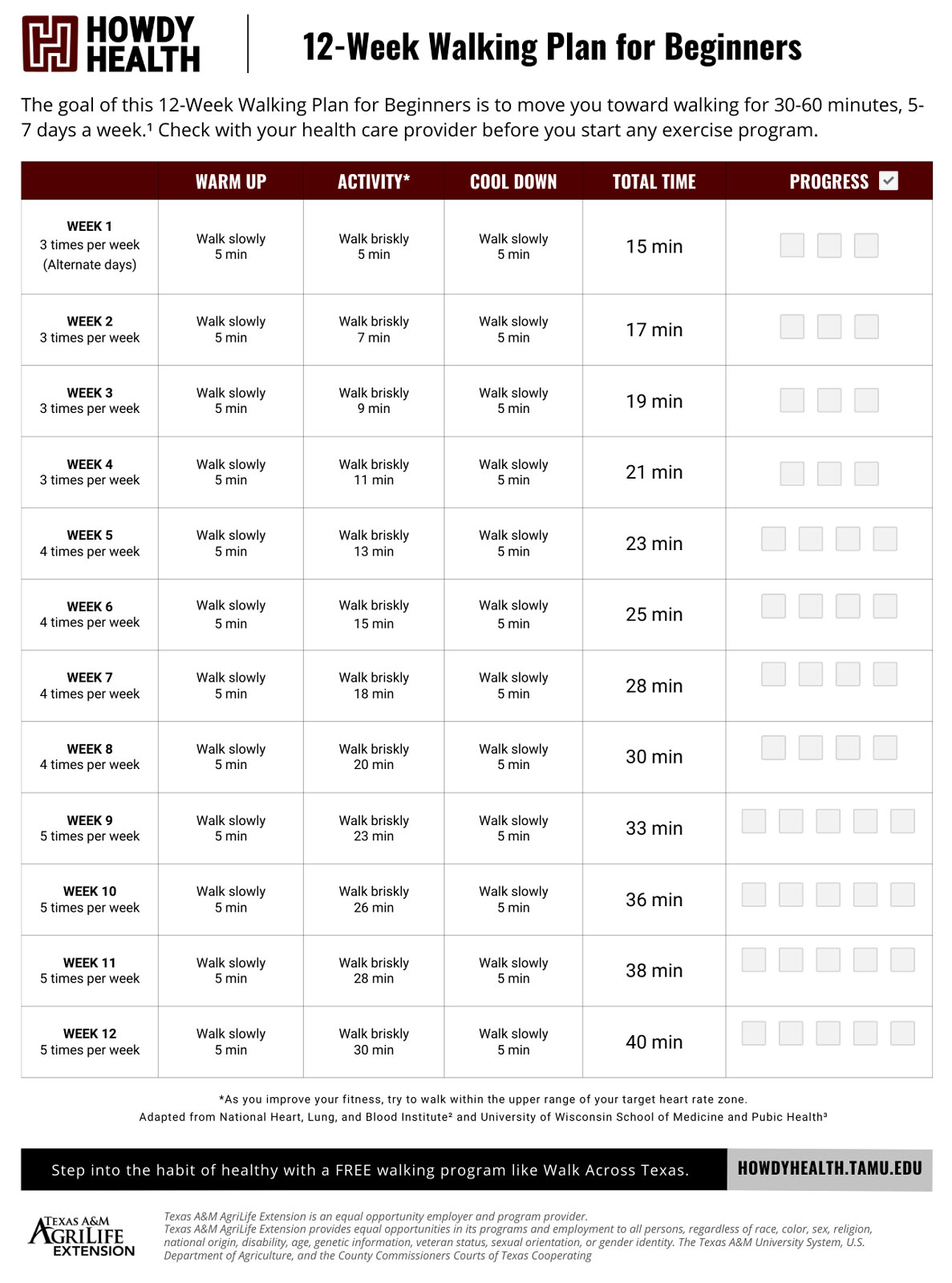How to Build a 10,000-Step Daily Walking Habit

How to Build a 10,000-Step Daily Walking Habit
As a middle-aged individual, incorporating physical activity into your daily routine is crucial for maintaining health and well-being. Walking is an accessible and effective way to achieve this, with numerous benefits ranging from improved cardiovascular health to enhanced mental well-being. Building a 10,000-step daily walking habit can be straightforward and enjoyable when approached with a structured plan. Here’s a comprehensive guide tailored to help you get started.

Why Walking Matters
Health Benefits:
-
Cardiovascular Health: Regular walking can lower blood pressure, reduce the risk of heart disease, and improve overall cardiovascular fitness .2 .3.
-
Weight Management: Walking helps burn calories and maintain a healthy weight, which is essential for reducing the risk of chronic diseases like diabetes .5 .9.
-
Mental Health: It can alleviate stress, improve mood, and even reduce symptoms of depression .8 .12.
-
Bone and Muscle Strength: Walking strengthens bones and muscles, reducing the risk of osteoporosis and fractures .3 .10.
Convenience and Accessibility:
-
No Special Equipment Needed: Walking requires no special gear, making it an inexpensive and accessible form of exercise.
-
Flexibility: You can walk almost anywhere, whether it’s in your neighborhood, local park, or even on a treadmill during bad weather .6.

Setting Up Your Walking Plan

1. Start Small
Begin with achievable goals. If you’re new to regular walking, start with shorter sessions and gradually increase your time and distance over a few weeks. For example, begin with 5-10 minutes a day and aim to increase this to 30 minutes or more as you build endurance .4 .11.

2. Create a Schedule
Incorporate walking into your daily routine. Try to walk at the same time each day to make it a habit. This could be first thing in the morning, during your lunch break, or right after dinner .4.

3. Track Your Progress
Use a pedometer or a fitness tracker to monitor your steps. Seeing your progress can be a powerful motivator. Aim for 10,000 steps per day, but don’t be discouraged if you start lower—every step counts .9.

4. Mix It Up
To avoid boredom, vary your walking routes. Explore new neighborhoods, parks, or trails. You can also incorporate different types of walking, such as brisk walking or hill walking, to increase intensity and challenge yourself .6 .12.

5. Make It Social
Invite friends or family members to join you. Walking with others can make the experience more enjoyable and help you stay committed to your routine .4.

Tips for Success

1. Start Slowly
If you’ve been inactive, begin with short walks and gradually increase your duration and frequency. This will help your body adjust and reduce the risk of injury .11.

2. Set Realistic Goals
Aim to walk 10,000 steps daily, but be flexible. Some days you might not reach this goal, and that’s okay. Focus on consistency rather than perfection .9.

3. Adjust for Weather
Don’t let bad weather stop you. Consider walking indoors at a mall, gym, or on a treadmill if the weather is unfavorable .6.

4. Stay Motivated
Celebrate small victories along the way. Notice how walking improves your mood, energy levels, and overall health. These positive changes can be powerful motivators .9 .12.

Overcoming Common Barriers

1. Lack of Time
Break your walking into smaller sessions throughout the day. Even short walks can add up to your daily goal .9.

2. Safety Concerns
Choose well-lit and safe areas for walking, especially if you plan to walk early in the morning or late in the evening .10.
3. Lack of Motivation
Find a walking buddy or join a walking group. Having someone to hold you accountable can make a big difference .4.







